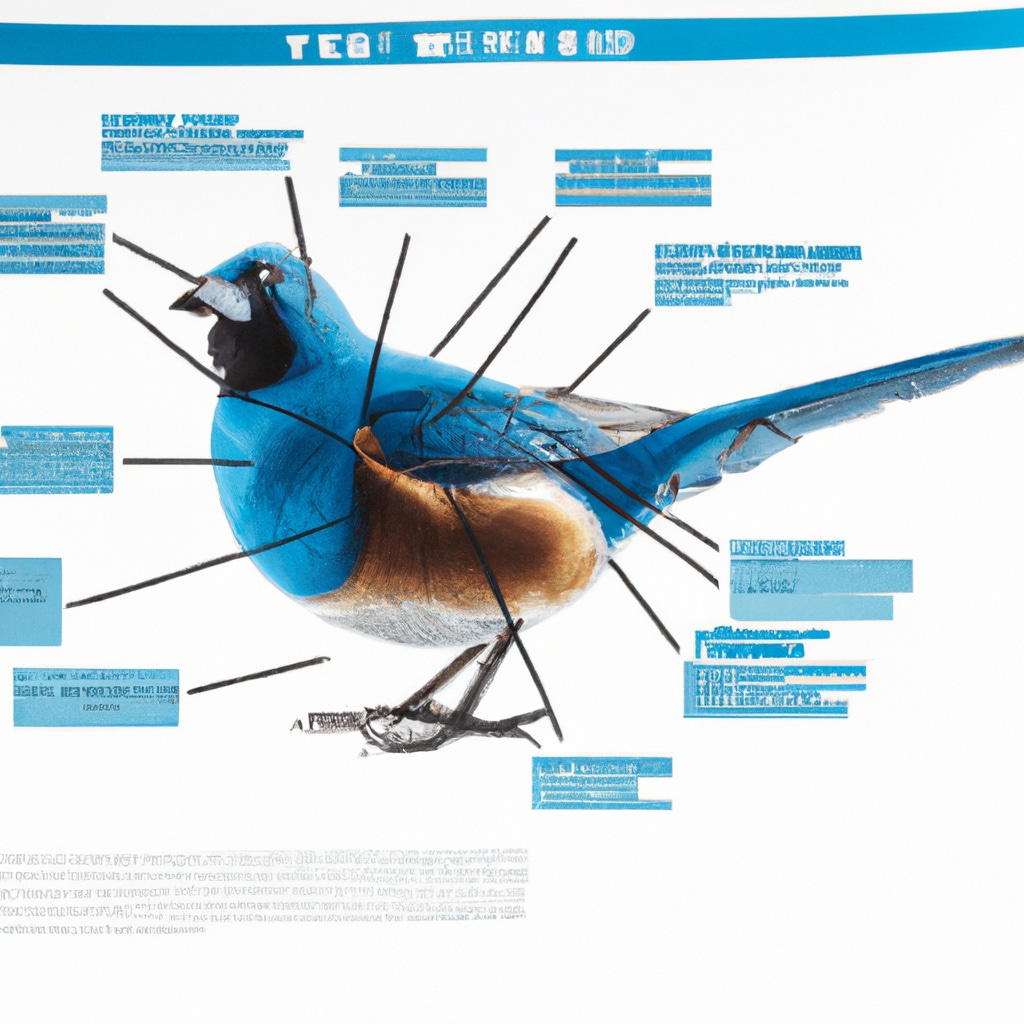The Unbundling of Twitter
How long before there's a better place to post for just about any vertical?
The other day, I posted what was basically the same message on Twitter and LinkedIn, around the same time, edited for Twitter size limitations.
LinkedIn:
Twitter:
I have over 44,000 Twitter followers, yet just under 8,000 LinkedIn followers.
My LinkedIn Post did 4x the reposts, 10x the comments (and that was after I realized that comments aren't open by default, so it would have been more), and 13x the likes.
The post got 24,000 views on LinkedIn and 1900 views on Twitter.
Not only that, the engagement was much more relevant. I could see the professional backgrounds of everyone who engaged, and thanks to LinkedIn’s social graph, they were pretty relevant to what I do for a living.
Plus, I think there’s an element of having to attach your professional identity that keeps things pretty positive over there.
Twitter might still be a place to go to in order to find out injury news for your baseball team's favorite closer, but how long is that going to last?
Thirteen years ago, Andrew Parker of Spero Ventures, then at Spark, published a widely referenced Tumblr (!) on the unbundling of Craigslist.
He used this image to point out how specialized sites were picking off verticals and beating CL at its own game:
I'd be curious how this plays out in the microblogging/content/newsfeed/"What's happening?" space and what the repercussions are.
Do we retreat to our own verticals or does Twitter continue to limp along, buoyed by real-time, "Was that an earthquake?" checks?





Yes, it is not one-size-fits-all. But instead of separate silos, we should be thinking of a structured fediverse/pluriverse in which the platform provides base interconnect, but independently managed special interest communities ride that platform. Each can have its own overlapping membership, with varying degrees of openness, and with varying identity requirements and reputation tracking.
Chris Riley and I outlined that in Community and Content Moderation in the Digital Public Hypersquare (https://techpolicy.press/community-and-content-moderation-in-the-digital-public-hypersquare/).
As we said, “…what is often framed as the “digital public square” is not really a single, discrete square, but is better seen as the “digital public hypersquare:” a hyperlinked environment made up of a multitude of digital spaces, much as the World Wide Web is a hyperlinked web made up of a multitude of websites.” Crossposting would become a rich feature – you could post as for LinkedIn, and for specific LI groups, and have it go to Twitter, Mastodon, Bluesky, and whatever.
And on the listening side, you should have a consolidated, multihoming smart feed that you compose and steer to show whatever mix of community and global content you want at a given time – as discussed in From Freedom of Speech and Reach to Freedom of Expression and Impression (https://techpolicy.press/from-freedom-of-speech-and-reach-to-freedom-of-expression-and-impression/).
Twitter is great for global sentiment and won't get disrupted there for a bit.
But it's garbage for:
- Having nuanced conversations in public
- Monetizing my thoughts
- Distributing longer form content
- Creating communities
- Interactive anything
It's not as much as an unbundling as just Twitter never went deep enough. And now it's just too late.